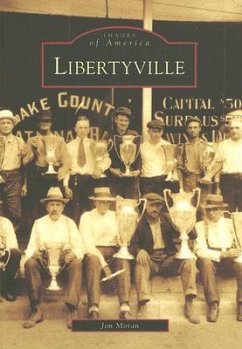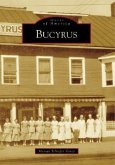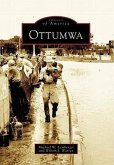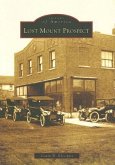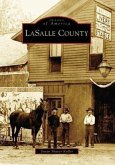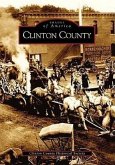This historic village along the upper Des Plaines River, originally called Vardin's Grove after the area's first settler, George Vardin, adopted the name of Libertyville in the early 1840s after serving two years as the county seat of the newly established Lake County. In the 1870s, businessman and state legislator Ansel Brainerd Cook built a porticoed mansion, the Cook House, in beautiful Libertyville. Other monuments to be seen in the pages of Libertyville are the estates built throughout the community, including those once owned by railroad and utility tycoon Samuel Insull. At one time, Insull owned 6,000 acres of land in the town. Scenes from business, industry, schools, and community fun through the decades complement historic images of the Lake County Fair and even a great train robbery from 1924, one of the largest ever in U.S. history.

